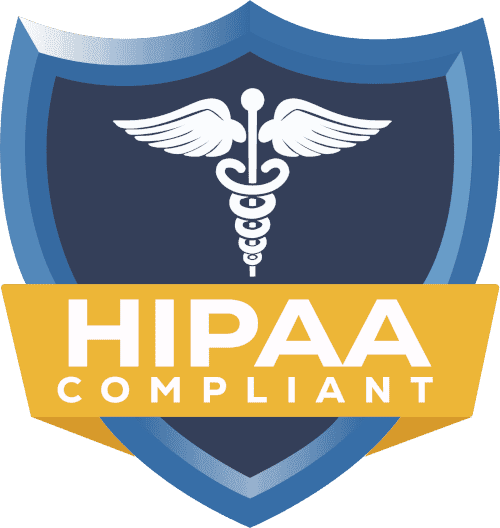Starting a Medical Practice: A Comprehensive Guide for Physicians

Embarking on the journey of starting a medical practice A Comprehensive Guide for Physicians can be both exhilarating and daunting. Whether you’re a newly minted physician eager to chart your own course or an experienced doctor looking to transition from employment to ownership, establishing your own practice requires careful planning and execution. This guide explores the essential steps in how to open a clinic, manage operations, and plan for the future.
Deciding to Open Your Own Practice
Before diving into the logistics of how to start your own doctor’s office, it’s important to assess whether private practice ownership aligns with your professional goals and personal circumstances.
Key Considerations:
- Independence and autonomy in clinical decision-making
- Financial investment and potential returns
- Work-life balance expectations
- Administrative responsibilities
- Geographic preferences and market demand
- Long-term career objectives
Creating a Solid Business Plan
A comprehensive business plan serves as the foundation for opening a medical practice. This document should outline:
- Practice mission and vision
- Market analysis and target patient demographics
- Service offerings and specialization
- Staffing requirements
- Financial projections (startup costs, operating expenses, revenue forecasts)
- Marketing strategy
- Growth plans and benchmarks
Legal Structure and Compliance
Selecting the appropriate legal structure for your practice has significant implications for liability, taxation, and operations.
Common Practice Structures:
- Sole proprietorship
- Professional corporation (PC)
- Professional limited liability company (PLLC)
- Partnership
- Group practice
Regulatory Requirements:
An essential part of establishing your practice is also ensuring your physician credentialing is up to date. This process involves verifying your qualifications, training, and licensure so you can work with insurance networks and gain hospital privileges. Timely and accurate credentialing ensures your practice can begin billing insurers without delay, helping to maintain steady revenue flow from the start.
- Medical license in your state of practice
- DEA registration (if prescribing controlled substances)
- National Provider Identifier (NPI)
- Medicare/Medicaid enrollment
- Business licenses and permits
- HIPAA compliance protocols
- Insurance credentialing
Funding Your Practice
Securing adequate financing is crucial when opening a medical practice. Typical startup costs range from $70,000 to $100,000 for a small primary care practice to $250,000+ for specialty practices with advanced equipment needs.
Potential Funding Sources:
- Personal savings
- Bank loans (including SBA loans)
- Medical practice-specific lenders
- Physician-focused financial programs
- Partnerships or investors
- Equipment leasing
Location and Facility
Your practice location significantly impacts accessibility, visibility, and operational efficiency.
Facility Considerations:
- Patient accessibility (parking, public transportation)
- Proximity to hospitals or referral sources
- Competition in the area
- Lease terms and build-out allowances
- Space requirements (exam rooms, waiting area, administrative space)
- Growth potential
- Compliance with ADA and other regulations
Technology Infrastructure
Modern medical practices rely heavily on technology for clinical care, administrative functions, and patient engagement.
Essential Technology Components:
- Electronic Health Record (EHR) system
- Practice Management Software
- Medical billing system
- Telecommunications system
- Patient portal
- Cybersecurity measures
- Medical equipment
Staffing Your Practice
Building the right team is critical to practice success and patient satisfaction.
Key Roles to Consider:
- Office manager
- Medical assistants
- Nurses
- Receptionists
- Billing specialists
- Advanced practice providers (if applicable)
- Medical records personnel
Marketing Your New Practice
A thoughtful marketing strategy helps attract patients to your new practice.
Effective Marketing Channels:
- Professional website
- Search engine optimization
- Social media presence
- Community engagement
- Physician referral networks
- Patient testimonials
- Grand opening events
Managing Daily Operations
Efficient operations ensure quality patient care while maintaining financial viability.
Operational Considerations:
- Appointment scheduling
- Patient check-in/checkout processes
- Medical records management
- Billing and collections
- Inventory management
- Compliance monitoring
- Quality improvement initiatives
Planning for the Future
Even as you focus on opening a medical practice, it’s wise to consider long-term scenarios.
Future Planning Elements:
- Practice growth strategies
- Associate hiring and partnership tracks
- Retirement planning
- Succession planning
- Potential mergers or acquisitions
How to Sell a Medical Practice
Should you eventually decide to exit practice ownership, understanding the process of selling your practice becomes important.
Key Steps in Practice Sales:
- Practice valuation (typically 1-2 times annual revenue)
- Identifying potential buyers
- Preparing financial records
- Patient notification and transition planning
- Transfer of medical records
- Negotiating sales terms
- Navigating legal and regulatory requirements
Closing a Practice
In some cases, physicians may need to close rather than sell their practice.
Considerations When Closing:
- Legal requirements for patient notification (typically 30-90 days)
- Medical records retention and transfer options
- Staff termination procedures
- Contract terminations (lease, vendors, etc.)
- Insurance and liability tail coverage
- Equipment disposition
- Entity dissolution
Conclusion
Opening a medical practice represents a significant professional milestone that offers both challenges and rewards. By thoroughly planning each aspect of practice establishment and management, physicians can create sustainable businesses that provide high-quality patient care while achieving personal and professional fulfillment.
Whether your goal is long-term practice ownership, eventual sale, or simply the experience of independent practice during one phase of your career, understanding the complete lifecycle of a medical practice prepares you for success at every stage. Remember that while independence brings greater responsibility, it also offers the freedom to practice medicine according to your vision and values – a reward that many physician-owners find well worth the investment of time and resources.



















